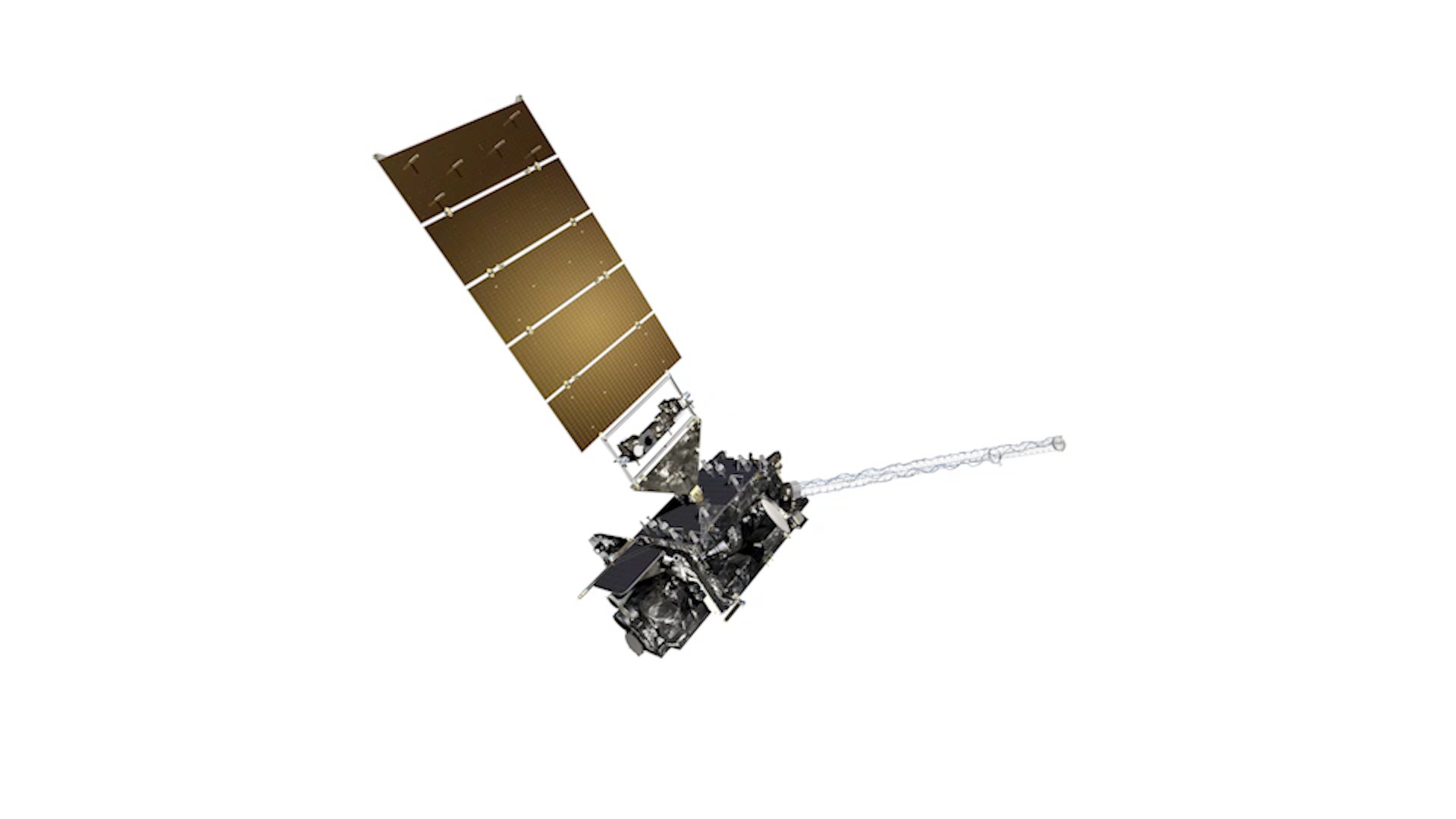Scientists tried to reproduce the conditions on one of Saturn’s moons and found that it could, perhaps, be hospitable to life.The moon in question, Enceladus, has been a considered hotspot in the search for extraterrestrial life since NASA’s Cassini satellite discovered that plumes sprouting up from the moon’s surface contained water. The moon’s saltwater ocean, encased in ice, covers its entire surface. And it appears to have hydrothermal vents as well as molecular hydrogen, a necessity for microbial life on Earth.Now, scientists think they’ve shown that, if the conditions are as predicted, the icy moon could sustain life.There are still plenty of questions about Enceladus’s capacity to host life, but a group of scientists in Austria tried to reproduce the conditions of the icy moon's oceans and found that it just might be home for something.Read more: Scientists found the ideal place to simulate Mars: Oman's desertAnd that something might look like the archaea that the scientists tested under presumed Enceladus-like conditions in their lab. These single-celled microorganisms live in extreme conditions on our planet, in places like hot geysers, the seafloor, and oil wells. They eat carbon dioxide and release methane — and researchers think it's possible that the methane detected near Enceladus could be from tiny creatures like these.“Under these conditions, life could exist,” researcher Simon Rittmann, who led the experiment as part of the University of Vienna’s division of archaea biology and ecogenomics, told the Atlantic. The results of their study were published in the journal Nature Communications on Tuesday.But Rittman and his colleagues made some assumptions. We still don’t know much about the conditions underneath Enceladus's icy crust. Cassini, the satellite that crash-landed on Saturn’s surface last year after a remarkably successful seven-year mission, wasn’t expecting to find life and wasn’t equipped with the tools to monitor for it. We do know that it’s icy, and the presence of molecular hydrogen — or two hydrogen atoms bonded together — indicates that hydrothermal vents are probably present under the moon’s oceans.Read more: Space X's Falcon Heavy is a big rocket. NASA's Saturn V was bigger.The researchers tested a range of conditions to see how hardy their tiny life forms might be in the face of Enceladus-like conditions. And their subjects fared well. Some survived, even under enormous pressure and with the addition of chemicals like formaldehyde, which is thought to be present on the moon and anathema to microbial life.But just because life theoretically could exist there doesn’t mean it does, and NASA scientists want to check things out for themselves.“Design a lander that could land in one of those tiger stripes at the South Pole and sample that ice as it’s coming out of those cracks,” Scott Edgington, the deputy project scientist for Cassini, told The Verge in April 2017, after hydrogen molecules were discovered there. “I would love to go there myself and drill through and see what that ocean looks like.” Cover image: Photograph of Enceladus, the sixth-largest moon of Saturn. Dated 2015. (Photo by: Universal History Archive/UIG via Getty Images)
Cover image: Photograph of Enceladus, the sixth-largest moon of Saturn. Dated 2015. (Photo by: Universal History Archive/UIG via Getty Images)
Advertisement
Advertisement
